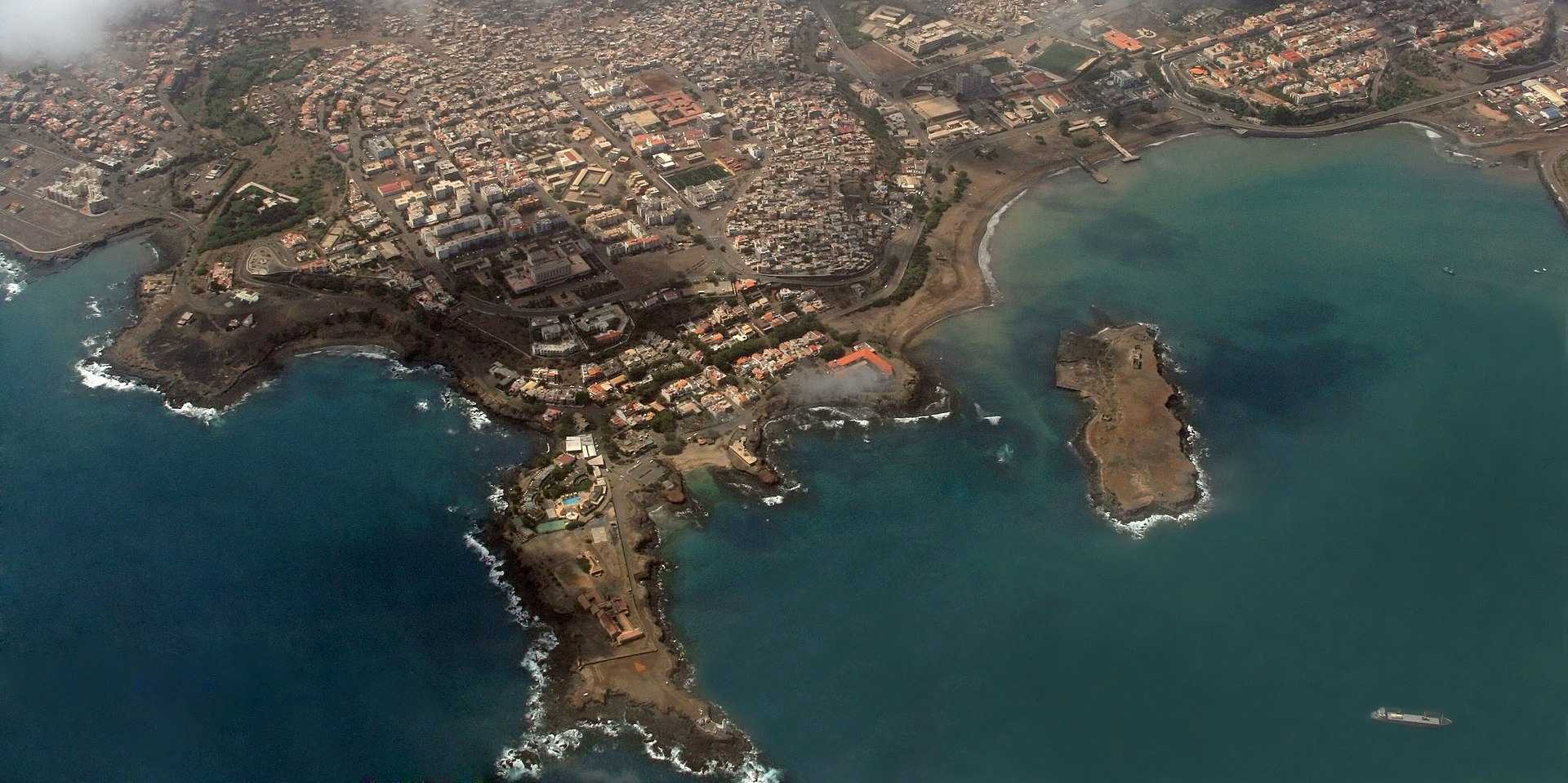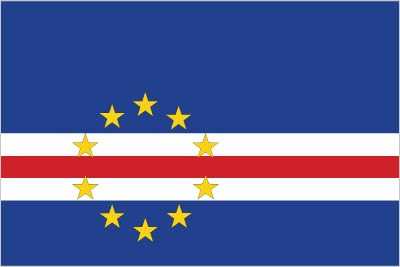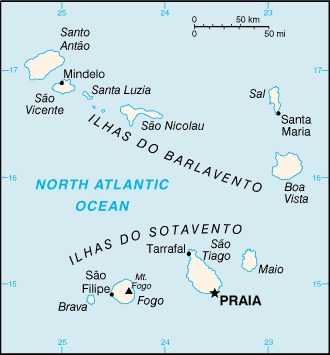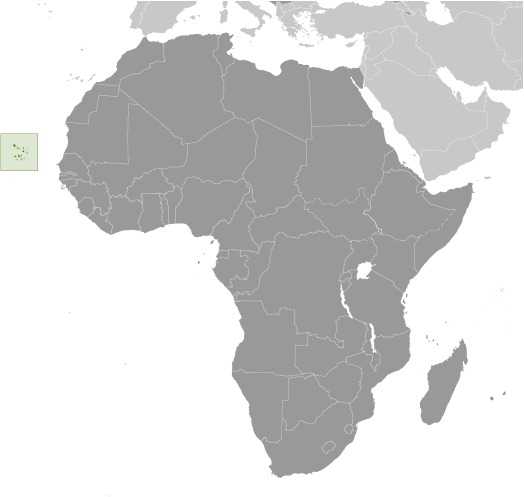Introduction
Visit the Definitions and Notes page to view a description of each topic.
Geography
People and Society
Population
comparison rankings: total 171; male 171; female 171
Median age
comparison ranking: total 149
Population growth rate
comparison ranking: 78
Birth rate
comparison ranking: 79
Death rate
comparison ranking: 168
Net migration rate
comparison ranking: 124
Maternal mortality ratio
comparison ranking: 104
Infant mortality rate
comparison ranking: total 67
Life expectancy at birth
comparison ranking: total population 144
Total fertility rate
comparison ranking: 95
Obesity - adult prevalence rate
comparison ranking: 134
Alcohol consumption per capita
comparison ranking: total 86
Tobacco use
comparison ranking: total 128
Education expenditure
comparison ranking: Education expenditure (% GDP) 92
Environment
Carbon dioxide emissions
comparison ranking: total emissions 181
Government
Economy
Real GDP (purchasing power parity)
comparison ranking: 184
Real GDP growth rate
comparison ranking: 14
Real GDP per capita
comparison ranking: 146
Inflation rate (consumer prices)
comparison ranking: 21
GDP - composition, by sector of origin
comparison rankings: agriculture 112; industry 184; services 38
Industrial production growth rate
comparison ranking: 54
Labor force
comparison ranking: 176
Unemployment rate
comparison ranking: 163
Youth unemployment rate (ages 15-24)
comparison ranking: total 25
Gini Index coefficient - distribution of family income
comparison ranking: 30
Taxes and other revenues
comparison ranking: 61
Current account balance
comparison ranking: 76
Reserves of foreign exchange and gold
comparison ranking: 147
Debt - external
comparison ranking: 101
Energy
Electricity
comparison rankings: installed generating capacity 172; consumption 180; transmission/distribution losses 49
Energy consumption per capita
comparison ranking: 132
Communications
Telephones - fixed lines
comparison ranking: total subscriptions 151
Telephones - mobile cellular
comparison ranking: total subscriptions 172
Broadband - fixed subscriptions
comparison ranking: total 153
Transportation
Merchant marine
comparison ranking: total 122





